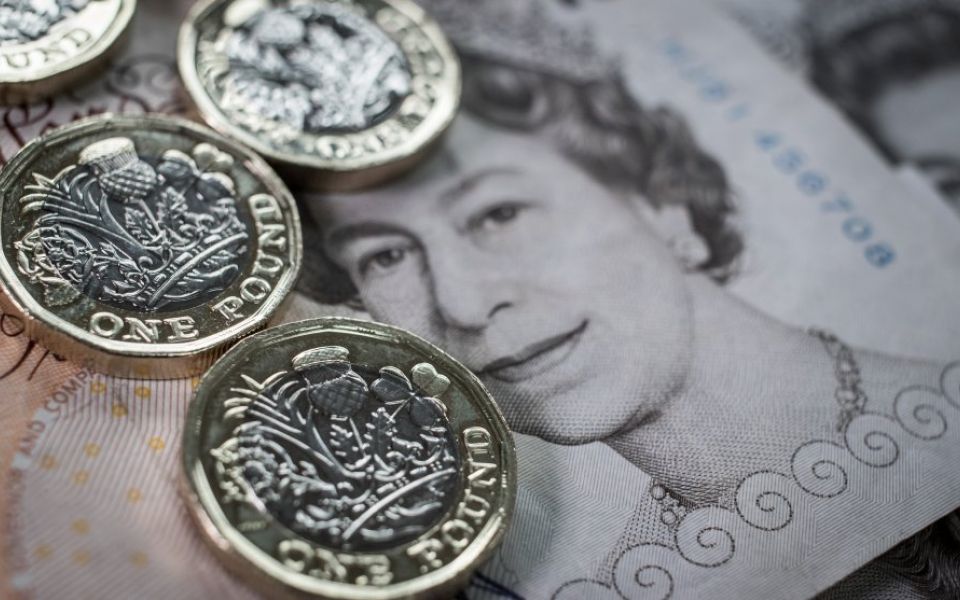Unemployment down, GDP up – there’s no logic for a public spending boost now

Despite the warmth of the days, there is a distinct autumn feel to the mornings.
And in the autumn, thoughts begin to turn to the Budget.
Speculation has already begun about what the chancellor Philip Hammond might or might not do.
Read more: Corbyn won’t stop until the government controls everything
For Labour, recent weeks have been dominated by Jeremy Corbyn’s alleged antisemitism and undoubted incompetence. So the anti-austerity tour of Britain by shadow chancellor John McDonnell, begun in Hastings in July, has scarcely obtained a mention in the media.
McDonnell obviously believes that there is a need to “end austerity”. He is far from being alone.
It is remarkable how this anti-austerity narrative continues to pervade political and economic discourse – it is as if the UK were in the grip of a massive recession.
In reality, the economy continues to do well. GDP is now over 18 per cent higher than it was at the trough of the recession in the first half of 2009. Unemployment has fallen steadily since the Brexit vote, and now stands at its lowest rate since February 1975.
The name of John Maynard Keynes is frequently invoked by those who want to “abandon austerity” and increase public spending. Yet in his major book The General Theory of Employment, Keynes stated very clearly: “when full employment is reached, any attempt to [stimulate the economy] still further will set up a tendency in money-prices to rise without limit”.
In other words, according to Keynes himself, at full employment any further stimulus will simply lead to higher inflation, with no benefit to output or employment.
Unemployment is at a 40-year low, while employment is at a record high, with 32.3m people in work – an increase of 3.4m from the depths of the financial crisis. This sounds like full employment in anybody’s language.
The overall shape of the recovery since 2009 has been balanced. Consumer spending has actually grown less than GDP, by just over 16 per cent since 2009 compared to an 18 per cent rise in GDP. Capital investment by companies has gone up by 35 per cent.
Public spending has also risen, but only by seven per cent (all figures after allowing for inflation).
This has been a recovery generated by the private sector.
The same point applies even more strongly to the US. Compared to the low point of the recession in 2009, public spending has actually fallen by three per cent, though there has been a modest rise in employment in that sector of 100,000. In contrast, the private sector has roared away: 19.5m net new jobs have been created since the winter of 2009, and GDP is up by over 22 per cent.
As in the UK, an important driver of the recovery in America has been investment by firms. This has grown by no less than 54 per cent compared to 2009.
There is no case at all for stimulating the economy by increasing public spending (funded by increased taxes) and abandoning so-called austerity, not when the private sector has done such a good job on its own.
Read more: Report highlights divide between public sector and private sector pensions
